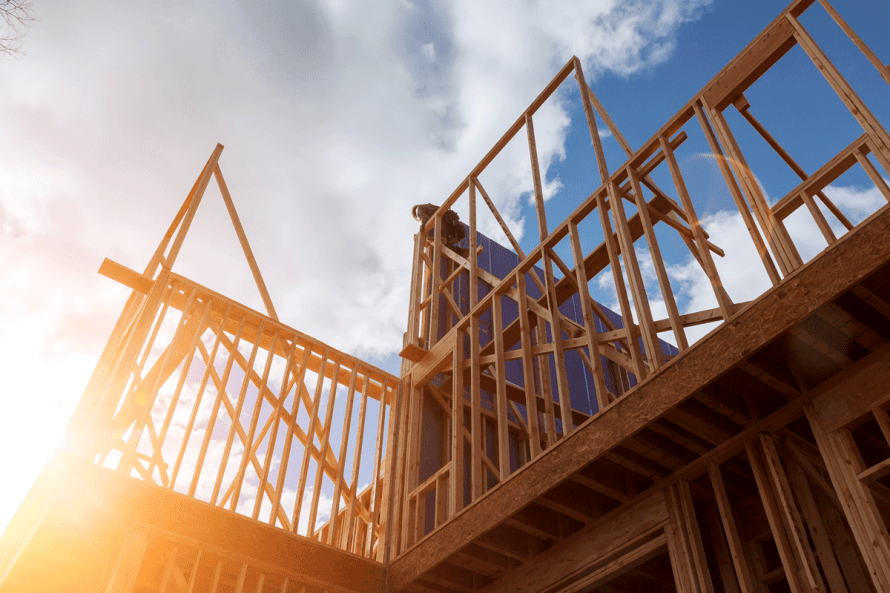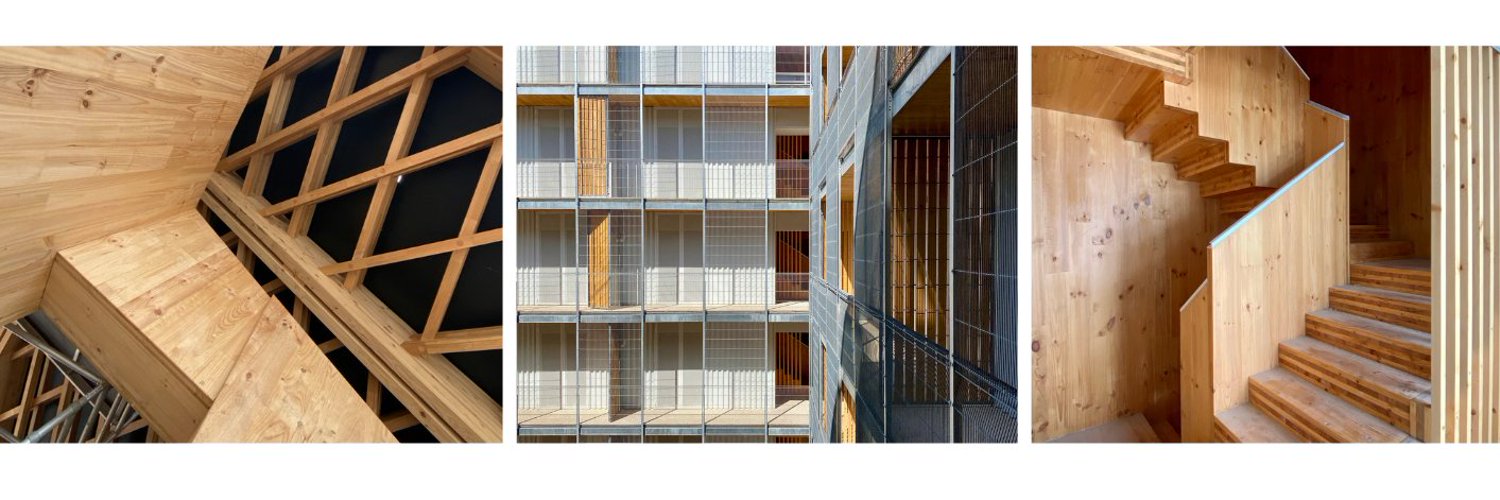
NASUVINSA – Project with the Public Administration
Client: NASUVINSA (Navarra de Suelo y Vivienda S.A.).
Project:
- Materials Passport, Traceability and Circularity Metrics for Azpilagaña Sheltered Apartments, Pamplona.
- Comparative life cycle analysis between concrete and wood structure for a Passivhaus residential building in Huarte, Pamplona.
Location: Navarra
Context: Nasuvinsa, a public company of the Government of Navarra that manages land and public housing, leads a European project called Eguralt, framed within the Interreg SUDOE Program, which promotes the use of wood in construction with 3 specific objectives:
- Identify challenges and opportunities in the application of new processes, products and technologies for the development of high-rise buildings in wood.
- The application of new processes, products and technologies to optimize the use of wood in mid-rise buildings.
- Dissemination and awareness-raising for the paradigm shift towards sustainable construction, using wood as a local and renewable product.
On the other hand, the European Commission is demanding that public administration buildings or those promoted by the public administration be increasingly more efficient in the use of resources and with fewer emissions, promoting the concept of sustainability and net zero.
In order to comply with both aspects, Nasuvinsa turned to EIG to carry out an analysis of two projects, their materials and construction solutions, and to provide tools such as the Materials Passport or training to their teams.
Goals
-
Circularity
Define circularity indicators to measure impacts in order to create a model of Material Passpoprt replicable by Nasuvinsa for other future projects.
-
Healthy materials
To demonstrate that the use of wood in the structure of a building has greater benefits than concrete, both for people and the planet.

Project scope:
Realization of 2 projects:
Materials Passport from BIM, traceability and circularity metrics.
- Analysis of the project to know the starting point.
- Materials inventory of the building structure and envelope layers.
- Development of the Materials Passport: collect information and characterize the materials and construction systems used in the structure and building envelope, based on the measurements extracted from the BIM model and the budget in a comparative manner, in order to establish a more efficient process.
- Selection of indicators for the PM. Calculation of metrics to measure the impact of the project:
- Health of materials and ecotoxicity: identify potentially toxic and polluting materials, both in the construction phase and in the use phase, in order to achieve a correct management of them and ensure environmental and human healthiness in the spaces.
- Cyclability and circularity: assess the content of recycled materials incorporated into the building and measure the possible future circularity of the product.
- Carbon footprint: identify the environmental impacts derived from the extraction and manufacturing phase of the products installed in the building.
- Water footprint: reflect the net consumption of fresh water during the different phases of the manufacture of the materials installed in the building.
- Use of the project as a pilot to establish the circularity indicators and the Materials Passport model that Nasuvinsa will apply to future projects.
Comparative LCA between wood and concrete structure.
- Materials inventory of both construction options and location of shared materials between both scenarios.
- Life cycle analysis of both options, taking into account the layers of the structure and the envelope.
- Comparison of construction typologies to check the differences in environmental impact, especially the Carbon Footprint emitted. Comparisons were made at the unitary system level and at the complete project level, to try to take into account all variables.
Goals
-
Material Passport
Establish the Materials Passport model for Nasuvinsa projects, with its own circularity indicators, under the Level(s) framework.
Lesson Learned
According to the analysis of unitary systems, using wood elements in structures has a carbon footprint impact of between 25 and 35% less than using a concrete structure. In addition, the circularity of the structure is increased and execution times and environmental impacts are reduced. However, in many cases wood systems need to be complemented with different layers or elements to comply with regulatory requirements (fire protection, acoustics, humidity, etc.), which can increase the overall environmental impact of the system.
For this reason, it is important to include Life Cycle Assessment and Materials Passport tools from the design phase, so that building impacts can be optimized and material alternatives can be analyzed throughout the building life cycle with a holistic view.